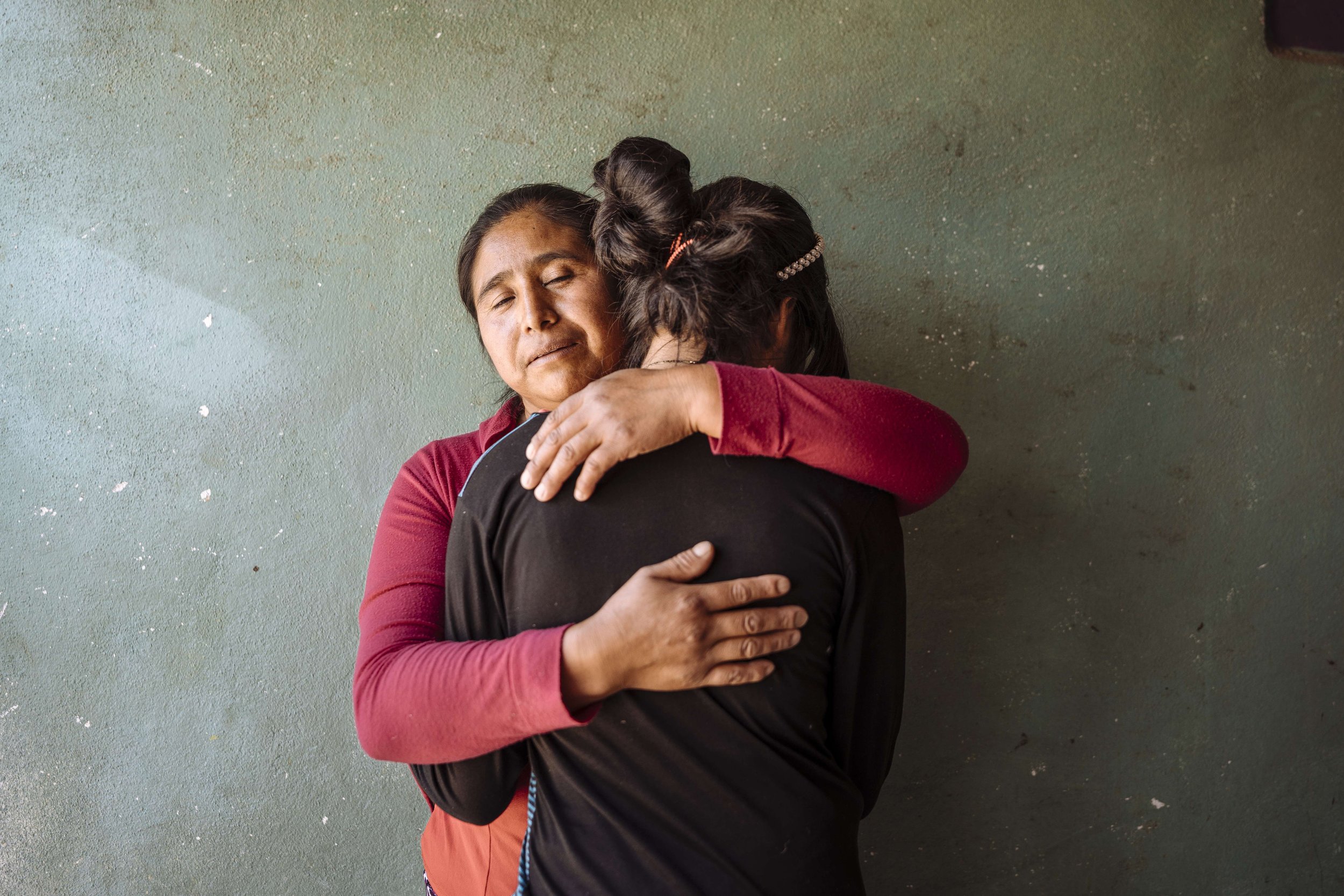
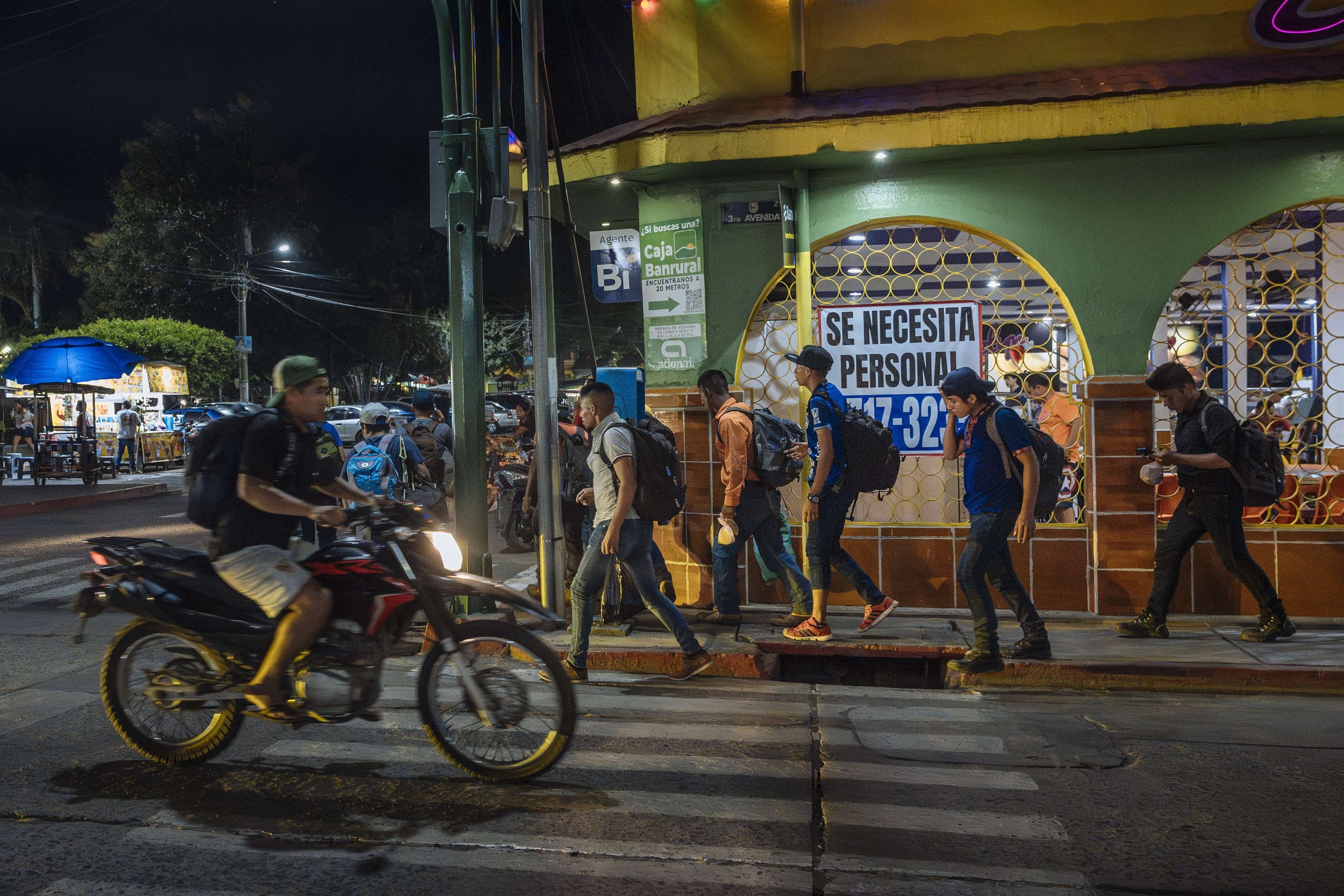
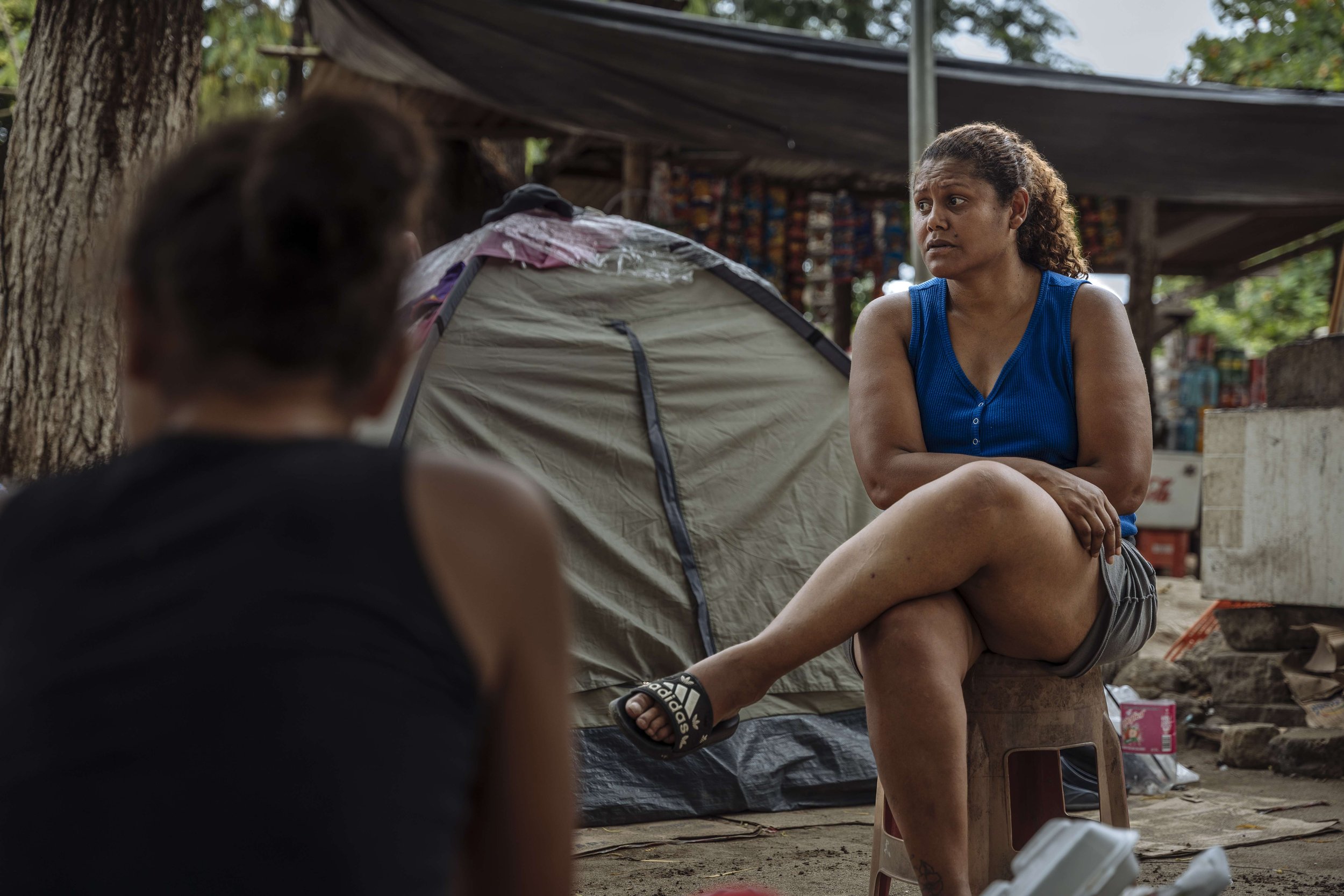
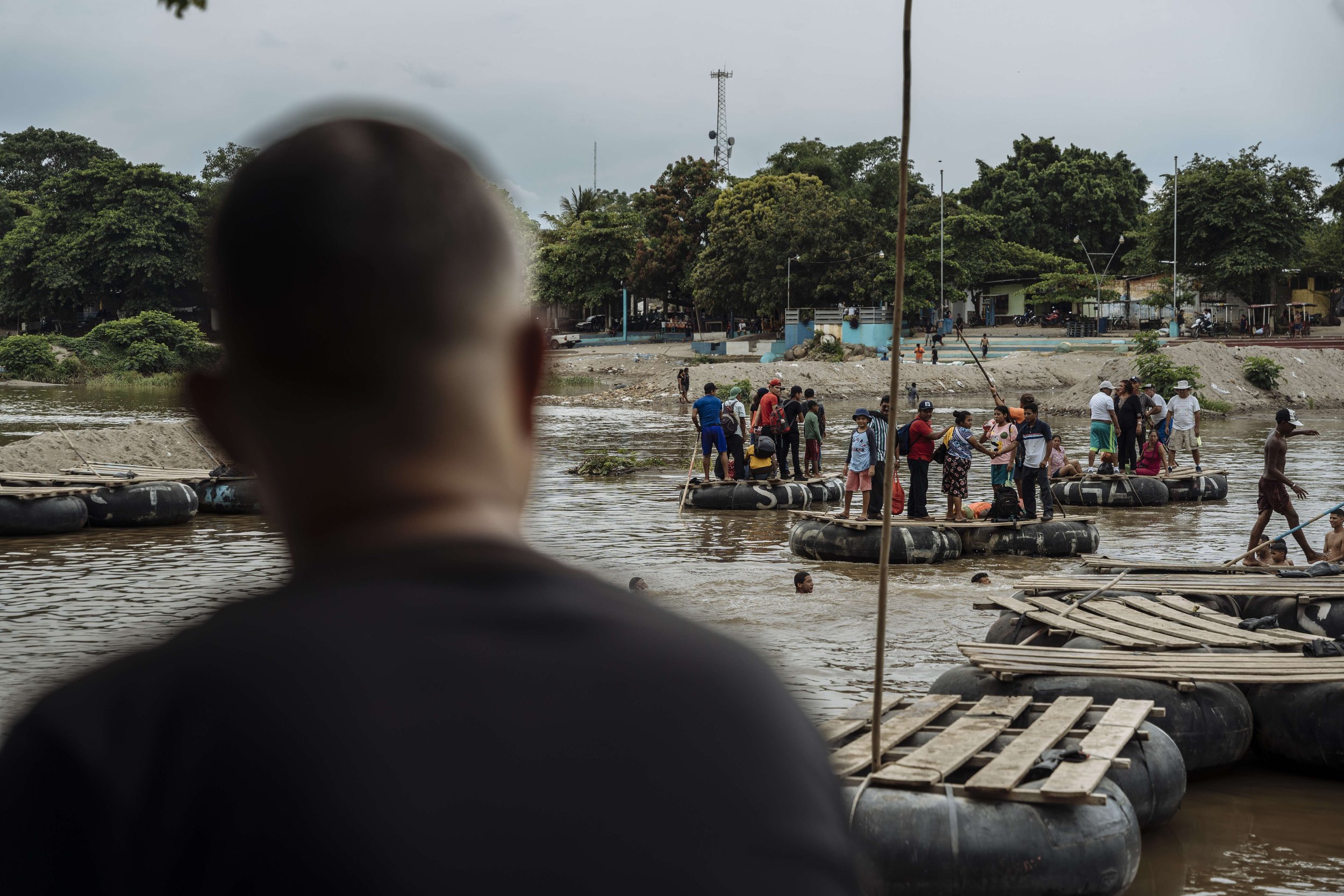
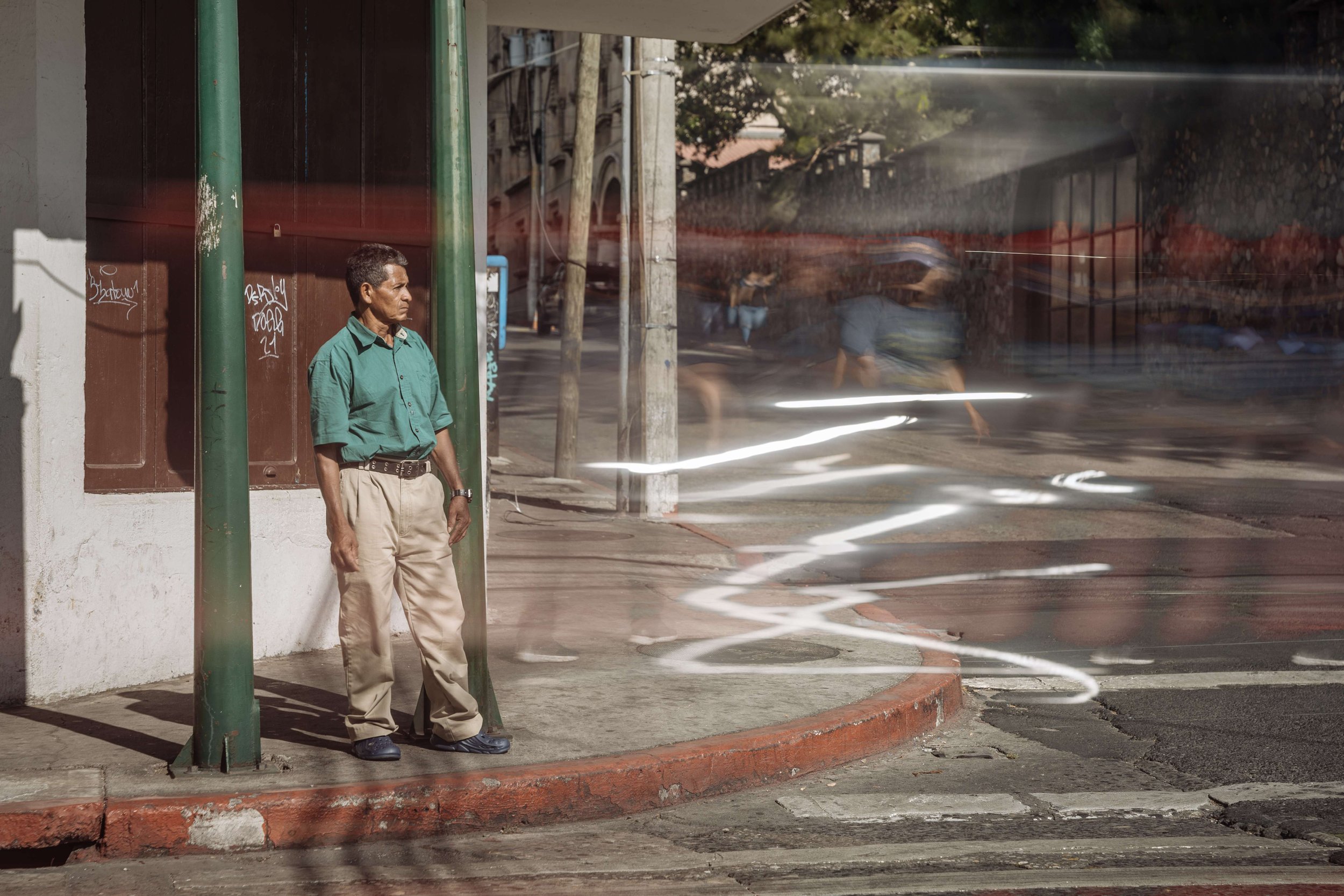
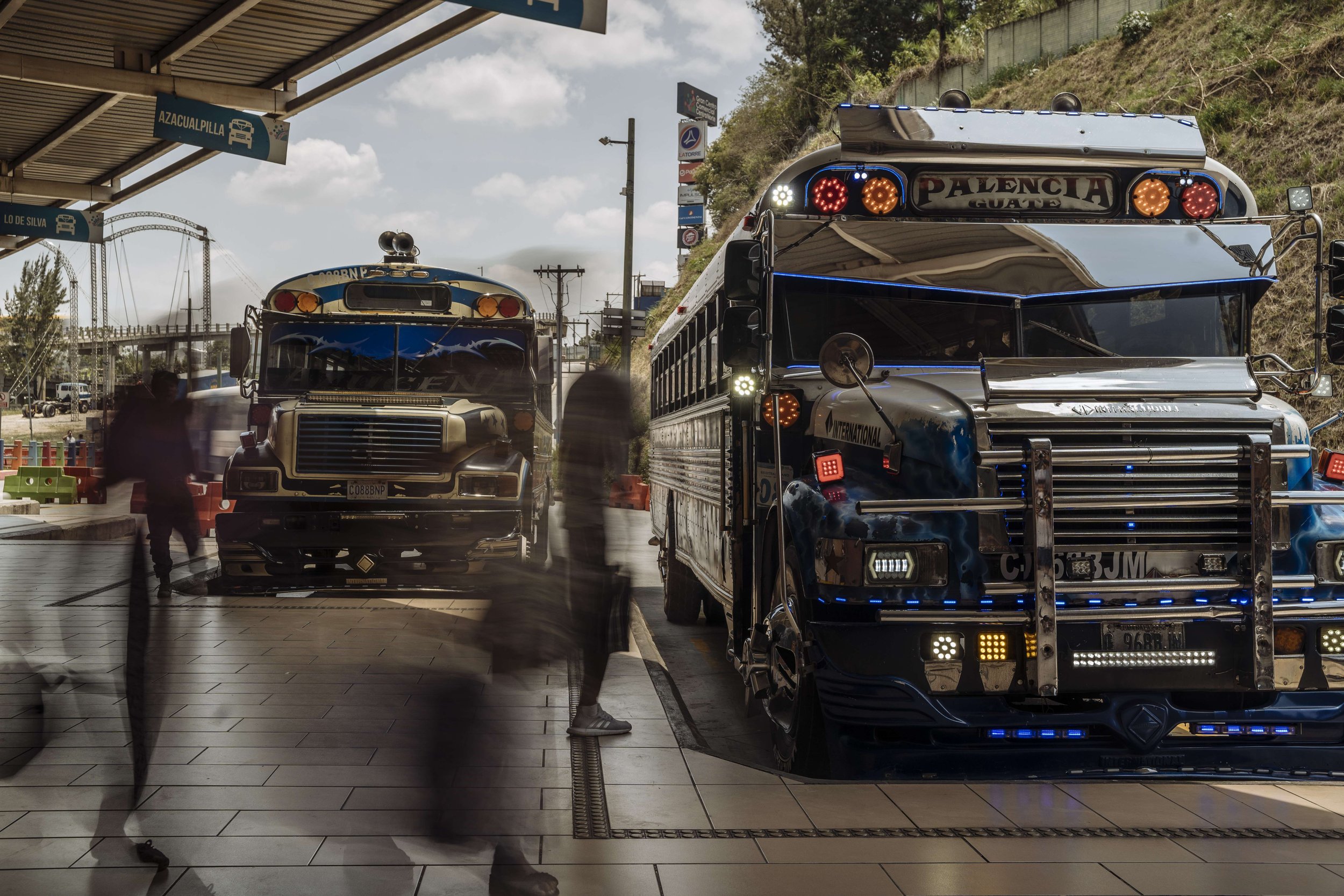
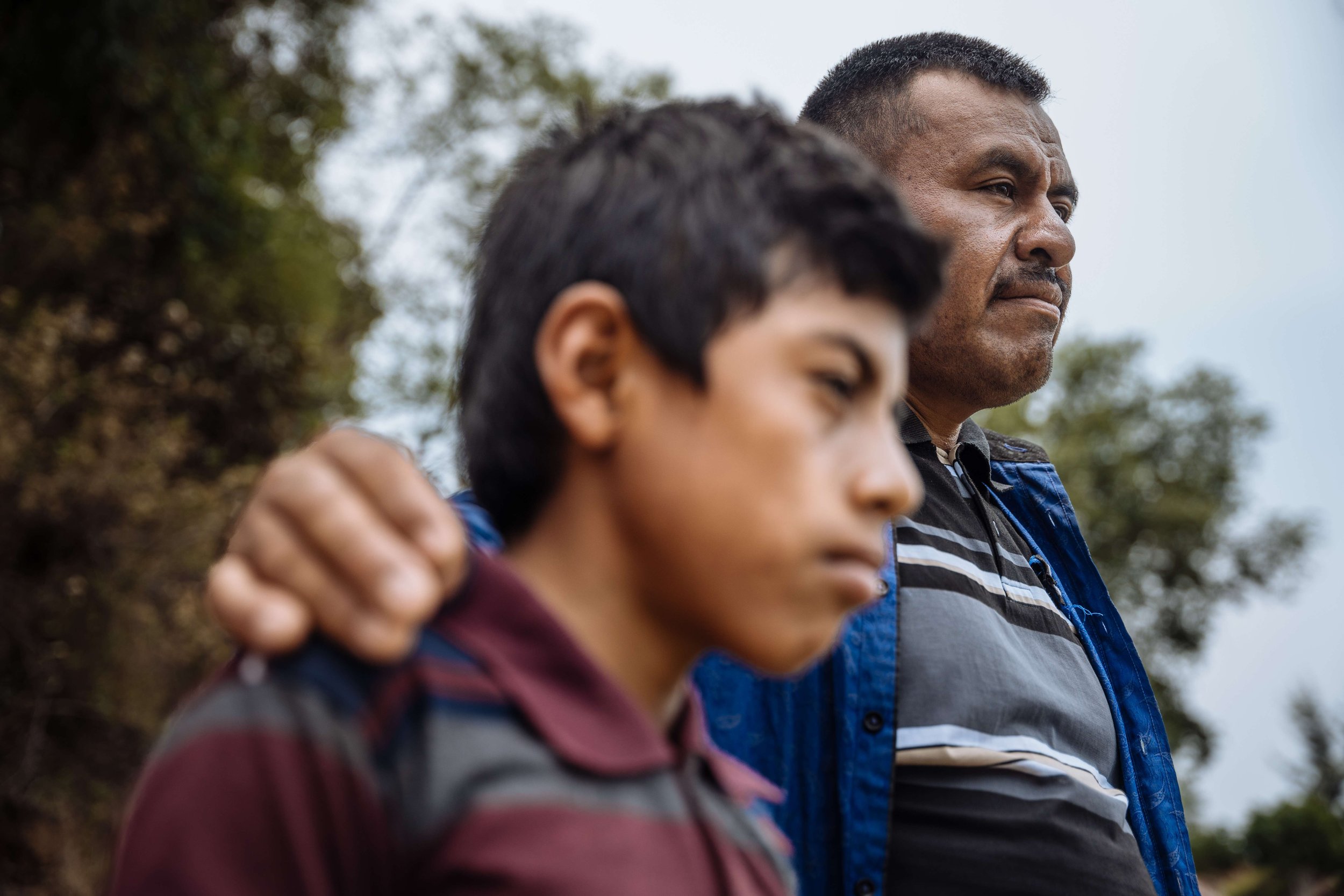
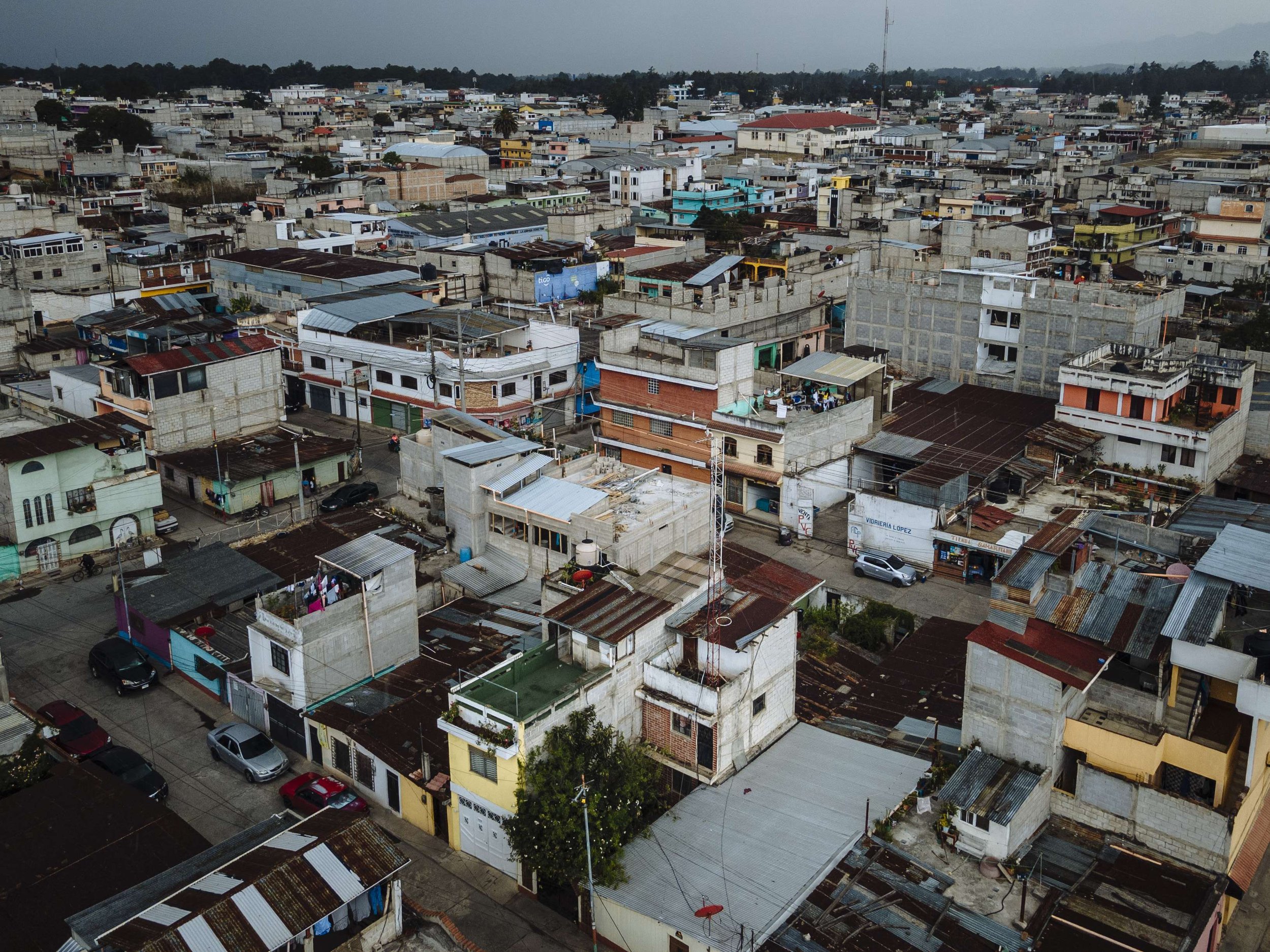
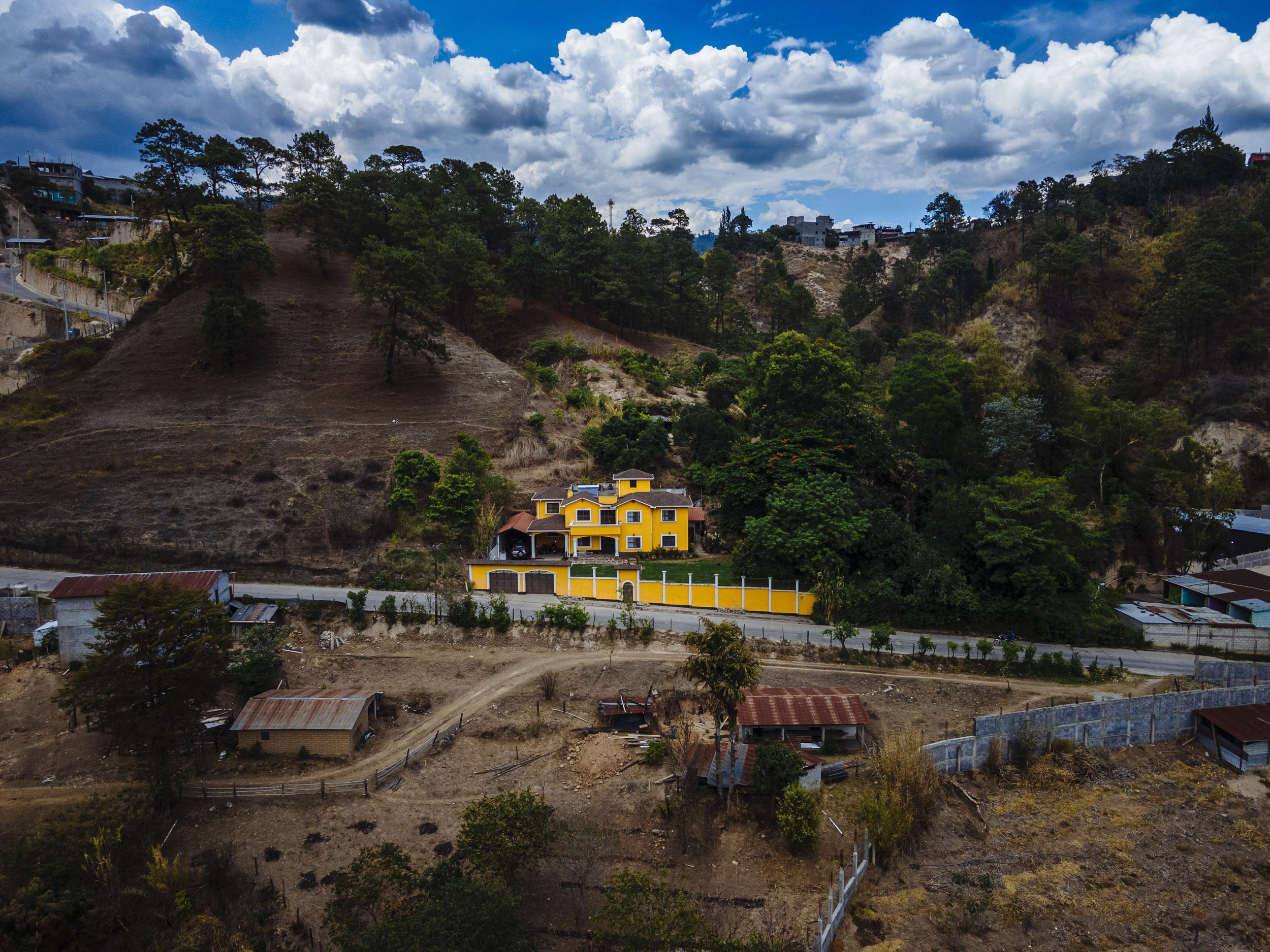
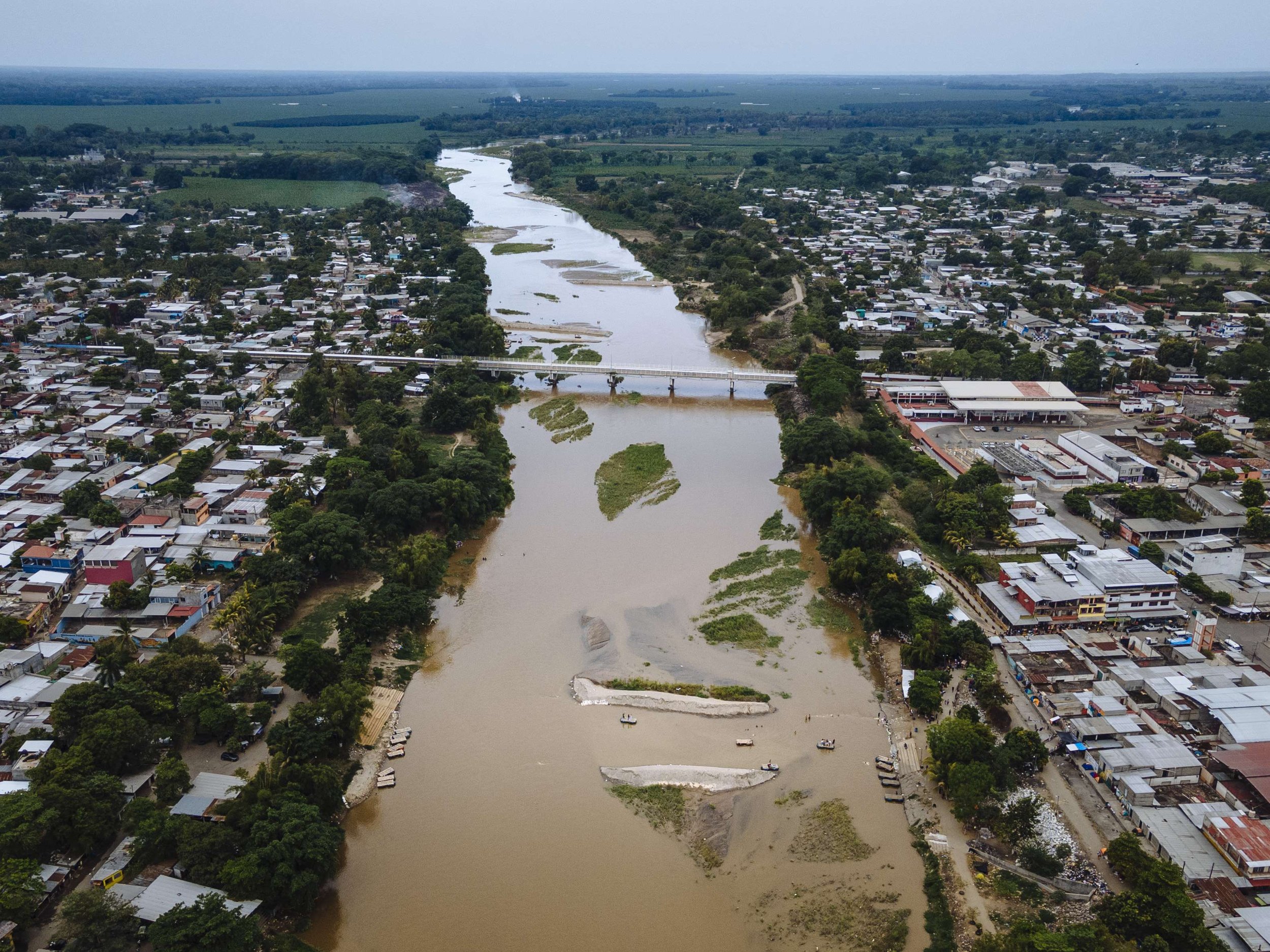

Irma Ramos from Santa Cruz, Guatemala, shares her story of resilience amidst the struggles of rural life. Isolated from essential services, her community lacks economic opportunities, leaving families to rely on limited aid that recently stopped. Irma’s daughters work in a local landfill, a tough job causing health issues, while water scarcity forces residents to travel an hour just to wash clothes. The social toll of migration also weighs heavily, as many leave for better prospects but face risks and uncertain returns. Irma, hoping for a brighter future for her children, encourages education as a way to escape the cycle of poverty and hardship.

At the beginning of this year, the International Organization for Migration (IOM) recorded more than 23,000 movements across the country, which have been steadily increasing since 2022. For decades, money sent home from abroad has not only served as a lifeline for families, but has also been vital to the Guatemalan economy. Since 2002, remittances have grown from representing 5% of GDP to 19% in 2023.

Grisel embarked on a journey from Venezuela with her 13-year-old daughter, in search of a better future in the north. “The situation in Venezuela is critical,” she explains. “Health, education and food supplies are in total crisis.” Her son had already managed to reach the United States a year ago, and now she wanted to do the same with her daughter.

"The economic crisis in Venezuela is severe," says Alirio Valencia Villalobos, a Venezuelan migrant who has been traveling for 23 days toward the United States. With a monthly minimum wage of just $4, survival in Venezuela has become impossible, prompting Alirio to leave for Colombia in 2017. The most harrowing part of his journey was crossing the Darién Gap, where he fell from a mountain and spent eight days in the jungle, four without food. "It was terrible. I wouldn't wish it on anyone," he recalls. Despite the dangers, Alirio encountered kindness along the way, especially in Guatemala, where people treated him well. Now, at the border, he waits for his chance to continue. His focus remains on providing a better future for his family. "Each of us has a different story, a different struggle, but we all share the same hope for a better life," he says.

Natividad de Jesús Martínez, a Honduran migrant, has faced many challenges on his journey to Guatemala. After being robbed by gang members in Mexico, he was left stranded without money and found refuge in a shelter. This isn’t his first attempt to migrate—eight years ago, he briefly worked in the U.S. before being deported. In Honduras, economic hardship and climate change make life difficult, and his primary goal is now to earn money for his wife’s costly brain tumor treatment. Despite the hardships, he remains hopeful, grateful for the support migrants receive from local organizations.

Migrants board buses at the bus station located in a mall in Guatemala City. The bus station serves as a transit point for several migrants who have been travelling through the country.

"I had to come back because of my health. Working there was very tough," recalls Marcos Vázquez, who returned to Barrilas Lagunas, Guatemala, after severe lung illness cut short his attempt to work in the U.S. Now, after 22 years in his community, he cultivates avocados, a venture that keeps him close to his family. Although challenging, avocado farming has brought Marcos fulfillment. Working alongside his son, he hopes to instill an appreciation for their land and dreams of a future where his children can thrive without leaving Guatemala. "I tell them, let’s work hard here. One day, we will succeed together," he says. For Marcos, true happiness is found with family, away from the relentless demands of life abroad.

A radio station in Quiché has commercial breaks promoting a phone number that locals can call to get in touch a ‘coyote’ who can help them reach the United States.

Across the country, there are several large, well-built homes that stand out in the neighborhood. They are known locally as “remittance houses” and are largely funded by contributions from relatives who have traveled irregularly north to work.
On the one hand, these luxurious buildings serve as a symbol of higher status compared to other houses in the neighborhood that are much more modest. On the other hand, they also reinforce the belief of many rural Guatemalans that traveling to the United States is the only viable means of generating lasting generational wealth.

Smuggling boats can be seen ferrying migrants across the Suchiate river next to the Puente Rodolfo Roble, the official border crossing between Guatemala and Mexico.